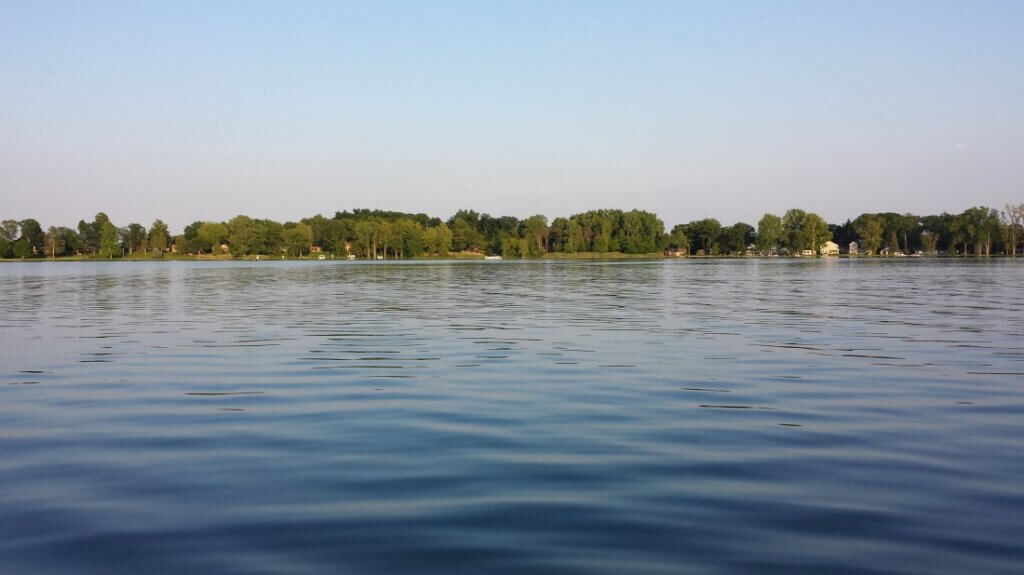
If you are fortunate enough to own property on one of Michigan’s 11,000 inland lakes you have probably been unhappy with the lake level at one time or another. With the investment many have made to acquire waterfront property, there is not always a patient acceptance of the fact that lake levels naturally fluctuate. Low lake levels require longer docks, may create conflicts with adjacent docks, and leave less room for power boating. In my experience, most lakefront dwellers prefer relatively high water levels, to maximize recreational use of the lake. Objections often come from those who own land in lower areas, who may be susceptible to flooding. As lakes were increasingly developed, low-lying areas, once thought unwise for development, now boast houses or cottages.
In Michigan, there is a statutory proceeding for establishing a legal lake level, contained in Part 307 of the Natural Resources and Environmental Protection Act. The statutory process is often initiated by a petition signed by two-thirds of the owners of land abutting the lake, typically organized by a lake association. Though lake associations and other stakeholders may have a specific “ideal” lake level in mind, there is no guarantee that when a lake level is established, it will be the one contemplated by the petitioners. Once the process is started, the County retains a professional engineer to perform a preliminary study to consider feasibility and alternative methods and designs for controlling the lake level. The lake level decision is made by a Circuit Court Judge, after public input and a hearing. The Circuit Court is obligated to consider the following factors:
- Past lake level records, including the ordinary high water mark and seasonal fluctuations;
- The location of septic tanks, drain fields, seawalls, docks, and other pertinent physical features;
- Government surveys and reports;
- The hydrology of the watershed;
- Downstream flow requirements and impacts on downstream riparians;
- Fisheries and wildlife protection and enhancement;
- Upstream drainage;
- Rights of riparians;
- Testimony and evidence offered by all interested persons; and
- Other pertinent facts and circumstances.
Though there is expense and uncertainty regarding the “outcome,” on balance, most lakes would benefit from a legal lake level and controls in place to maintain that level. If you want to learn more about inland lake levels in Michigan, the Michigan State University Extension has produced a two-part series with invaluable information about the process. You can access those publications here and here.
